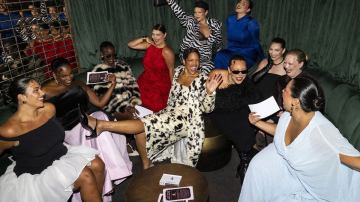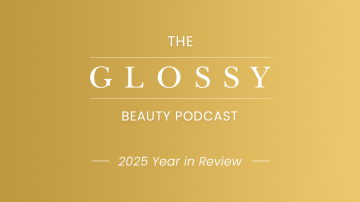In the luxury industry, sometimes you can predict that a year will be a wash, like in 2020 after the pandemic. Other times, you can be sure that it will be a banner year, like in 2023, which was one of luxury’s best years in terms of sales.
But according to Bain & Company partner Federica Levato, the co-author of this year’s Bain-Altagamma Luxury Goods Worldwide Study report, 2025 is marked by one thing: uncertainty. And as luxury brands struggle with declining sales and bad PR around how their goods are made, they may need to rethink their pricing strategy to bring back lapsed luxury consumers and jaded Gen-Z shoppers.
“Uncertainty is everywhere — in politics, in the macroeconomic environment, at a global level,” she said. “2024 was a flat year, with a good holiday that saved it from being negative. But this year, with what visibility we have, it has been bad in the first quarter, especially after Liberation Day.”
2024 saw global luxury revenues drop from around $423 billion to $418 billion, the first slowdown the sector had seen in the last 15 years, excluding 2020. Bain is predicting that the market will contract by 2-5% this year. Tariffs are likely to eat into luxury brands’ profitability, and the trend of constantly reshuffling creative directors has chipped away at the credibility and identity of many brands with frequent aesthetic shifts, Levato said.
Levato and her co-author, Claudia d’Arpizio, conclude in their report that the luxury industry is facing both weakening consumer sentiment and an identity crisis as Gen-Z consumers grow disillusioned with the traditional luxury value proposition.
Levato described Gen Z’s feelings toward luxury and fashion as a dichotomy.
“They want to fit in and to belong to a group, but at the same time, they want to stand out and be different,” she said. “It’s a tension, but it’s a healthy tension. They feel abandoned by luxury brands, and it ups the game for the brands to try to get them back. And in uncertain conditions, Gen Z will be one of the later customers to come back to luxury just by virtue of having less money than older generations.”
Part of luxury’s failure to capture Gen Z comes down to its increasing reliance on its wealthiest customers and continued price raising that has cut out an aspirational customer. Luxury prices in Europe are as much as 61% higher than they were five years ago, for example. At the same time, high-profile incidents like an Italian probe that revealed the true cost and labor conditions in some of Dior’s workshops are undermining the premise that the high costs are justified.
“The luxury industry lost 50 million customers in the last two years,” Levato said. “They couldn’t afford luxury anymore so they stopped buying. The brands are going back and re-injecting some entry price products, doing a sub-$1,000 bag they didn’t have last year to regain some relevance with that customer. But it’s in the hands of the brands to reignite the public.”
Some luxury brands like Ralph Lauren have announced that they will continue with price increases anyway in an attempt to offset tariffs. But there’s some evidence that backing off from excessive price increases can help luxury brands grow their shrinking audience. Burberry added some more accessibly-priced products to its holiday lineup last year and saw both a 4% increase in store sales and its first quarter of customer growth in two years.
Even the wealthiest of customers can be wooed by softer prices, according to Charles Gorra, founder and CEO of the luxury handbag reseller Rebag.
“Your wallet is relative,” Gorra said. “We have people who buy Birkins who complain about the $20 shipping fee. Even the wealthiest customer would like to get a bag for $8,000 instead of $10,000. You always want more bang for your buck, no matter what your budget is.”




